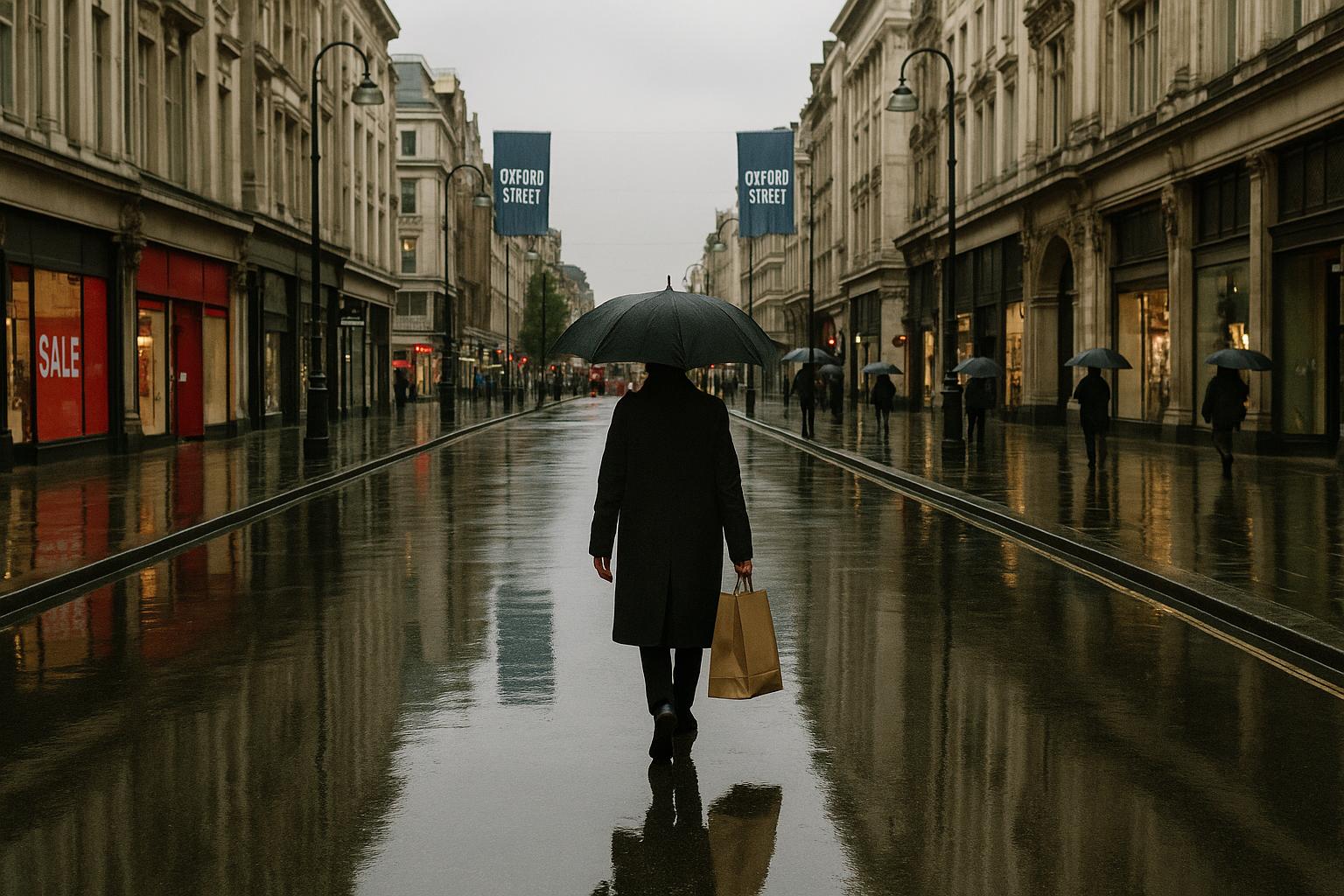The Mayor of London, Sadiq Khan, is advancing ambitious plans to pedestrianise Oxford Street, one of the world's busiest shopping destinations, aiming to transform the iconic thoroughfare into a vehicle-free, vibrant public space. This initiative, which saw a full-day trial weekend clearing cars from Oxford Street, focuses on a 0.7-mile stretch between Oxford Circus and Marble Arch, with possible extensions towards Tottenham Court Road. The move seeks to enhance visitor experience, promote outdoor leisure events, and create a cleaner, safer, and more accessible environment, aligning with global examples of successful pedestrianisation such as New York’s Times Square and Barcelona’s La Rambla.
Oxford Street draws around half a million visitors daily and remains a significant contributor to London’s economy, generating approximately £25 billion annually. However, the street has faced challenges including overcrowding, slow traffic, frequent accidents, and a decline in retail footfall intensified by the pandemic and the rise of online shopping. Between 2016 and 2024, serious injuries and fatalities occurred due to road collisions on this busy route. Proponents of the pedestrianisation highlight the potential to reduce short, unnecessary car journeys, decrease traffic congestion, and improve air quality, thereby creating a more pleasant urban space for pedestrians and enhancing economic vitality. Tanya Braun, Director of External Affairs for Living Streets, emphasised that pedestrianising Oxford Street could alleviate overcrowding and reduce high casualty rates, adding that the street currently fails to provide a comfortable environment for walking or wheeling.
Despite this promise, the plans have met with criticism, particularly from stakeholders concerned about traffic displacement. Opponents argue that removing vehicles from Oxford Street will push traffic onto already congested side streets, increasing pollution and negatively impacting local residents and businesses. Tim Barnes, Conservative Councillor for the West End, described the plan as potentially shortsighted, warning that emergency vehicles, deliveries, and transit needs must still be met, potentially creating gridlock elsewhere. Moreover, some point out that pollution on Oxford Street has already decreased significantly in recent years, with Nitrogen Dioxide levels dropping well below the legal limits, challenging the urgency of pedestrianisation purely on environmental grounds.
Accessibility concerns also remain a critical point of discussion. Disability advocacy groups have called for clear details on how the plans will accommodate those with mobility challenges, particularly regarding bus routes, taxi access, and pick-up and drop-off points. Laura, Senior Policy and Stakeholder Engagement Manager for Inclusion London, urged for extensive consultation with disabled communities to ensure pedestrianisation does not inadvertently limit access to central London for those reliant on public transport.
In response to these diverse viewpoints, Transport for London (TfL) has taken control of Oxford Street’s highway maintenance and roadworks as an initial step towards full pedestrianisation. Plans include establishing a Mayoral Development Corporation (MDC) by January 2026 to manage the street’s regeneration. This body will oversee the transformation of Oxford Street into a world-class retail and leisure destination, setting strategic goals for safety, accessibility, and economic growth. However, the London Assembly Planning and Regeneration Committee has pressed the Mayor for more comprehensive details on the MDC's operational framework, funding, planning powers, and measures to manage traffic impact and policing in the pedestrianised zone.
Public consultation has shown strong support for the proposals; nearly seven in ten respondents, including major businesses such as Selfridges, John Lewis, and Ikea, back pedestrianisation as a vital step to revitalise Oxford Street. Yet, as the project progresses, ensuring transparency, addressing traffic management, and guaranteeing accessibility will be paramount to its success. Mayor Khan remains determined, stating his commitment to unlocking Oxford Street’s "true potential" to build a cleaner, greener, and safer London that can compete with other world cities in attracting visitors and driving economic renewal.
📌 Reference Map:
- Paragraph 1 – [1], [3], [4], [6]
- Paragraph 2 – [1], [3], [4]
- Paragraph 3 – [1], [4]
- Paragraph 4 – [1]
- Paragraph 5 – [1]
- Paragraph 6 – [1], [2], [5], [6], [7]
Source: Noah Wire Services
